Part 1 of 2 Parts
A long-held stereotype of Southern Appalachians is that they are fatalistic, having a sense of being powerless to change their life circumstances. In a 1965 publication, “Yesterday’s People: Life in Contemporary Appalachia,” described the people. In the coalfields of Southwest Virginia today, there is organized effort among the people to counter this prejudice.
Governor Youngkin arrived unannounced at a former coal mine site near Norton in October 2022. He appeared at an invitation-only press conference to say that his “moonshot” was to put the nation’s first small modular nuclear reactor (SMR) in Southwest Virginia to revitalize the waning coal-based economy. This highly-publicized media event included statements from the region’s legislative representatives, local officials and individuals with special interests in promoting nuclear energy. They all declared the safety of these as-yet-undeveloped SMRs.
For more than a year there were no public meetings about SMRs, only legislative bills to support them as well as a site feasibility study. This study alarmingly identified seven “ideal” locations for the nuclear reactors near neighborhoods, schools, businesses, water reservoirs and even the Red Onion prison with the caveat that an “evacuation plan” would be required. In response to local environmental justice groups calling for transparency, officials said repeatedly that it was too early for public involvement. The officials said their concerns were premature, while avoiding discussing the dangers of creating and storing nuclear radioactive waste on site and the safety and health risks to local communities.
This past week, Governor Youngkin returned to Southwest Virginia. Once again, he did not announce his itinerary in advance. He began his day holding an invitation-only meeting at UVA’s College at Wise, and this time barred the press. As he left his public meeting in Abingdon at the end of the day, he responded to a reporter’s question about his plan to put SMRs in the coalfields. His stunning remark was that “The state’s first small nuclear reactor likely won’t be built in Southwest Virginia after all.”
Southwest Virginia (SWVA) Nuclear Watch is a burgeoning grassroots movement in opposition to siting SMRs here. During Youngkin’s trip to Wise County, local activists protested with yard signs and billboards that said, “Don’t NUKE SWVA.” Over the past seventeen months concerned citizens have issued press releases, distributed a brochure, placed classified ads and held the first public SMR Town Hall meeting in Norton, followed by community conversations in Clintwood, Pound, Wise, Norton, Coeburn, St. Paul, Big Stone Gap, Stickleyville and Dungannon. The purpose of these activities was to raise public awareness. One local merchant said, “90% of the customers coming into my store know little or nothing about what is going on.”
The activists have done their homework, unlike Delegate Kilgore who is reported saying he knew SMRs were clean, safe and reliable because a panel of experts told him they were. No SMR has been built or operated in the United States to validate these claims. NuScale is the only company given a design permit by the federal Nuclear Regulatory Commission. They went so far over cost, after billions of federal dollars in subsidies, that rural communities in Utah pulled out of an agreement to acquire electricity from the SMRs in ten years because of the high cost they were sure to incur. Utilitydive.com reported that “the financial challenges and cost trends witnessed in that (Utah) case will afflict any SMR project.” NuScale belongs to the Virginia Nuclear Energy Consortium.
Please read Part 2 next
Blog
-
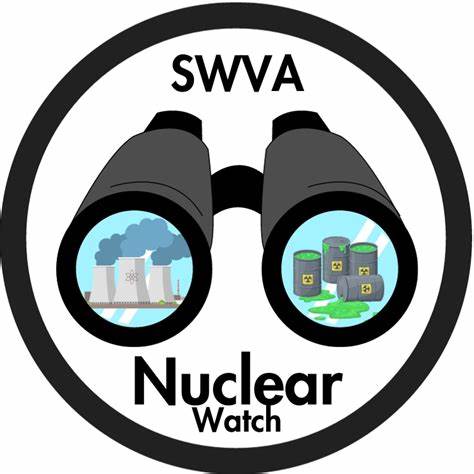
Nuclear Reactors 1364 – Activists In Virginia Are Fighting The Development Of SMRs In Southwest Virginia – Part 1 of 2 Parts
-
Nuclear News Roundup April 02, 2024
Energoatom gets backing for new nuclear fuel facility world-nuclear-news.org
Canada could join Aukus defense pact as Trudeau considers nuclear sub patrols in Arctic waters telegraph.co.uk
IAEA head and Romanian foreign minister discuss danger at Zaporizhzhia Nuclear Power Plant Pravda.com.au
Uranium mined near Grand Canyon as prices soar amid push for nuclear power coloradopolitics.com
-

Geiger Readings for April 02, 2024
Ambient office = 65 nanosieverts per hour
Ambient outside = 104 nanosieverts per hour
Soil exposed to rain water = 103 nanosieverts per hour
Avocado from Central Market = 82 nanosieverts per hour
Tap water = 100 nanosieverts per hour
Filter water = 95 nanosieverts per hour
-
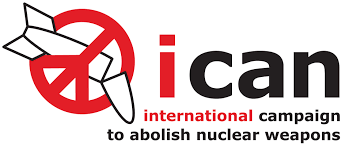
Nuclear Weapons 858 – Switzerland Hesitates To Sign The UN Treaty on the Prohibition of Nuclear Weapons
The Swiss government does not want to sign and ratify the UN Treaty on the Prohibition of Nuclear Weapons (TPNW). It believes participation within the framework of the Nuclear Non-Proliferation Treaty (NPT) is more effective.
The government said that change of strategy at the present time is not advisable for several reasons. Ministers explained that joining the TPNW was not in Switzerland’s best interests in the current geopolitical climate. A new war in Europe has once again brought security policy to the fore.
Furthermore, the government considers the TPNW to be of little import since it is not recognized by existing nuclear powers. Almost all Western and European countries do not participate. The Federal Council said, “A world without nuclear weapons can only be achieved with and not against states with nuclear weapons”.
The TPNW came into force in 2021 and contains a comprehensive and explicit ban on nuclear weapons. It prohibits the use, threat of use, production, stockpiling, acquisition, possession, deployment, transfer and testing of nuclear weapons as well as support for these activities.
To date, the TPNW has been ratified by 70 states. However, it has not been signed by those nations with nuclear weapons and their allies. The Swiss government has already rejected the idea of acceding in 2018 and 2019. Its latest assessment of the TPNW was based on an analysis by an interdepartmental working group and assessments by external experts.
According to the government, the rejection of TPNW accession does not mean that Switzerland will remain passive. It says that “the use of nuclear weapons would hardly be compatible with international humanitarian law.” Ten days ago, Switzerland made its position clear in the UN Security Council. It declared that there would be no winners of a nuclear war, which should never be allowed to happen.
In its Foreign Policy Strategy 2024-2027, the government spoke in favor of a world free of nuclear weapons. It said that Switzerland will continue to demand that the states concerned fulfil their disarmament obligations.
Switzerland has also been a member of the NPT since 1977, which was signed by 191 member states. These signatories include nuclear powers such as USA, Russia, China, France and the UK. The NPT is considered to be the cornerstone of nuclear arms control and the global security architecture.
According to figures from the Stockholm International Peace Research Institute (SIPRI) from 2023, nine states possess nuclear weapons. Russia has the most warheads with five thousand eight hundred and eighty-eight, followed by the USA with five thousand two hundred and forty-four, then China with four hundred and ten.
In Europe, France and the UK have two hundred and ninety and two hundred and twenty-five warheads, respectively. They are followed by Pakistan with one hundred and seventy and India with one hundred and sixty-four. Israel is believed to have ninety warheads and North Korea has thirty. SIPRI puts the total global nuclear arsenal at 12,512 warheads.
The question of how the goal of a world free of nuclear weapons can be realized is the subject of controversial domestic political debate in Switzerland. Five years ago, the Swiss parliament called on the government to sign the TPNW as quickly as possible and then submit it to parliamentarians for approval. By ratifying it, Switzerland would show a clear commitment to international humanitarian law and the values associated with it.
The further delay in the decision on the ratification of the treaty is unlikely to satisfy many. In November of 2023, the International Campaign to Abolish Nuclear Weapons (ICAN) launched a people’s initiative to join the TPNW. The Group for a Switzerland without an Army (GSoA) has also announced that it intends to join the NGO alliance. -
Nuclear News Roundup April 01, 2024
Small nuclear reactors fuel Woodlands County public hearing townandcountrytoday.com
Russia alleges Ukrainian drone attack on Zaporizhzhia nuclear plant, no serious damage arabnews.com
New British nuclear technology applies for justification decision power-technology.com
PSEG tells NRC it plans on renewing licenses for three South Jersey nuclear plants njspotlightnews.org
-
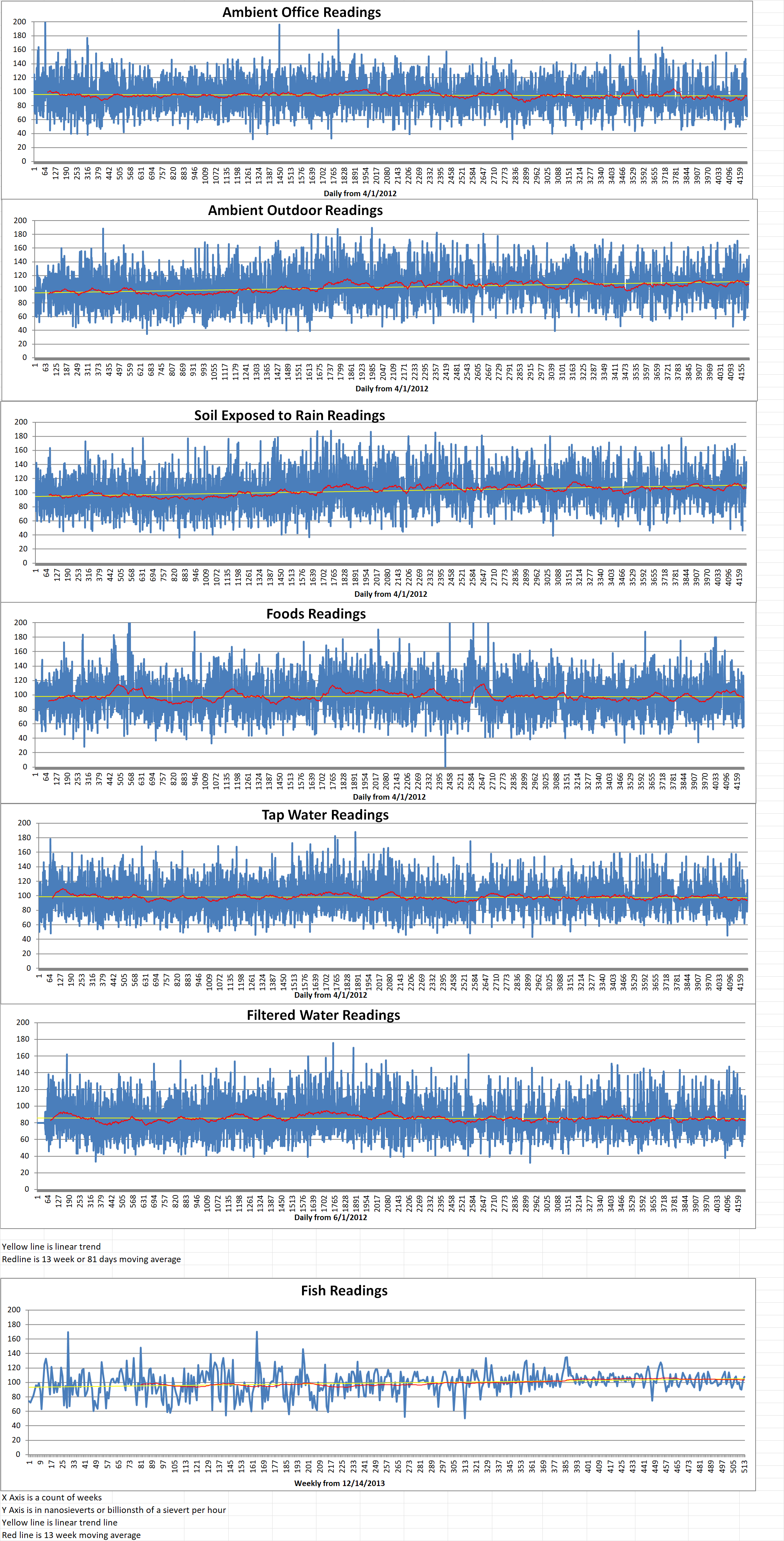
Geiger Readings for April 01, 2024
Ambient office = 74 nanosieverts per hour
Ambient outside = 118 nanosieverts per hour
Soil exposed to rain water = 115 nanosieverts per hour
Asparagus from Central Market = 91 nanosieverts per hour
Tap water = 116 nanosieverts per hour
Filter water = 108 nanosieverts per hour
-
Nuclear News Roundup March 31, 2024
Second union votes for strike action at nuclear site bbc.com
New-generation nuclear power plant begins heat supply in east China English.news.cn
LIS Technologies Inc. Establishes Corporate Affiliation with the Nuclear Institute globenewswire.com
St. Louis-area residents make plea for compensation for illnesses tied to nuclear contamination goskagit.com
-
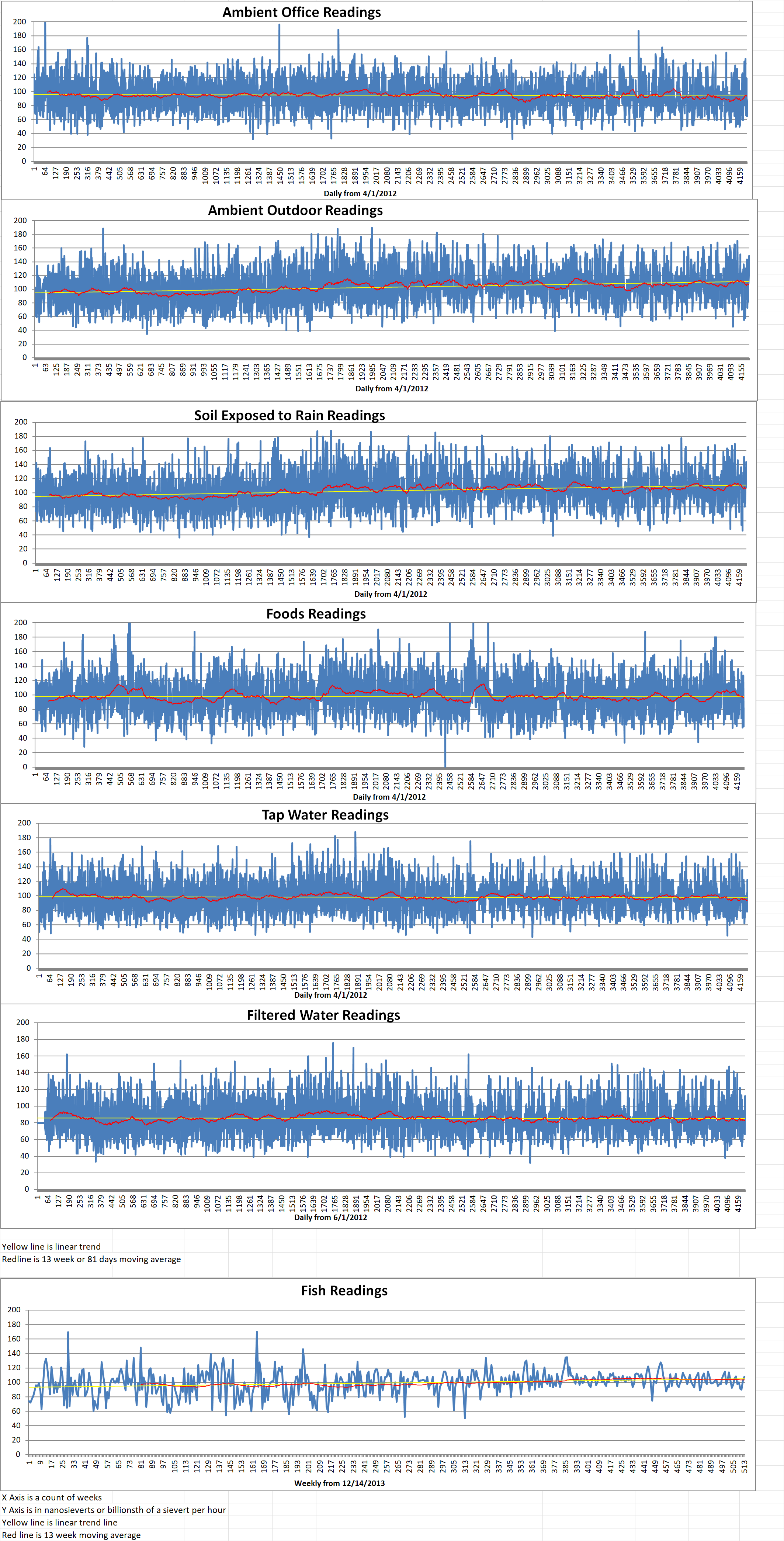
Geiger Readings for March 31, 2024
Ambient office = 69 nanosieverts per hour
Ambient outside = 148 nanosieverts per hour
Soil exposed to rain water = 143 nanosieverts per hour
Banana from Central Market = 82 nanosieverts per hour
Tap water = 122 nanosieverts per hour
Filter water = 112 nanosieverts per hour
-
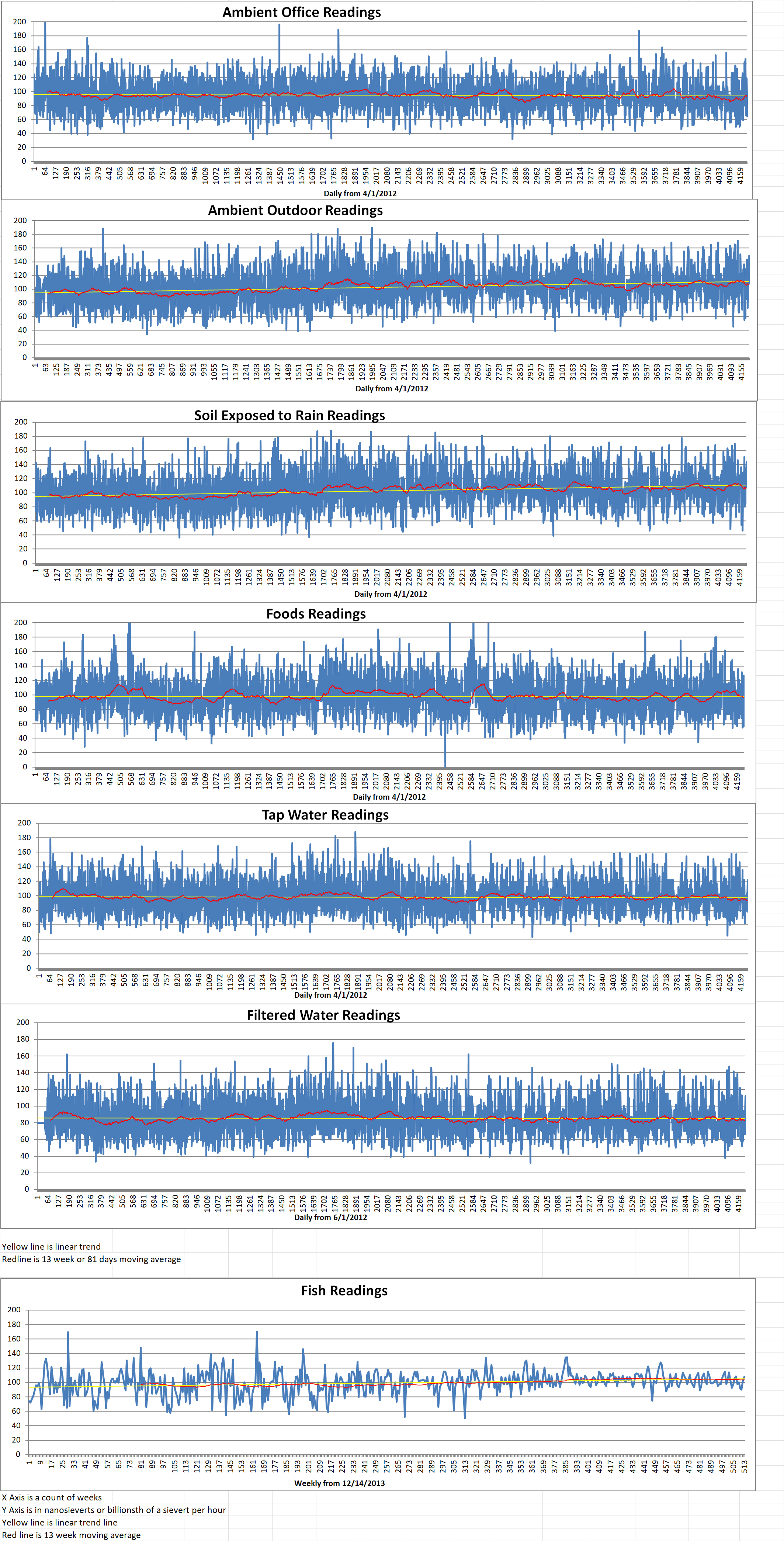
Geiger Readings for March 30, 2024
Ambient office = 86 nanosieverts per hour
Ambient outside = 130 nanosieverts per hour
Soil exposed to rain water = 134 nanosieverts per hour
Avocado from Central Market = 56 nanosieverts per hour
Tap water = 99 nanosieverts per hour
Filter water = 93 nanosieverts per hour
Dover Sole from Central = 113 nanosieverts per hour
-
Nuclear News Roundup March 30, 2024
Funds awarded to assist Xe-100 deployment in the UK world-nuclear-news.org
Organization for maritime nuclear launched world-nuclear-news.org
Bangladesh considering two more nuclear units at Rooppur world-nuclear-news.com
